Technology Services began at the University of Illiniois Urbana-Champaign as the Computing Services Office in 1970. Over the past 50-plus years, the organization has contributed to the teaching and research missions of the university and to society.
Enjoy browsing the history of our organization; a history in which staff take great pride.
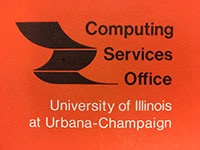
On October 21, 1970, the Computing Services Office is established.
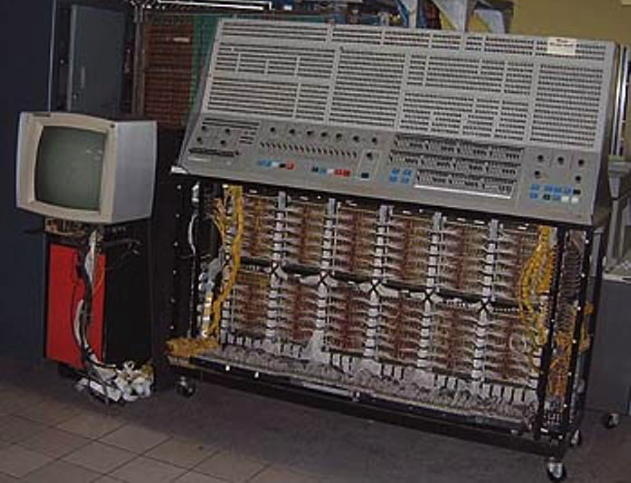
The Computing Services Office takes on the responsibility of maintaining and operating the IBM 360 mainframe, as well as training researchers and students on its use.
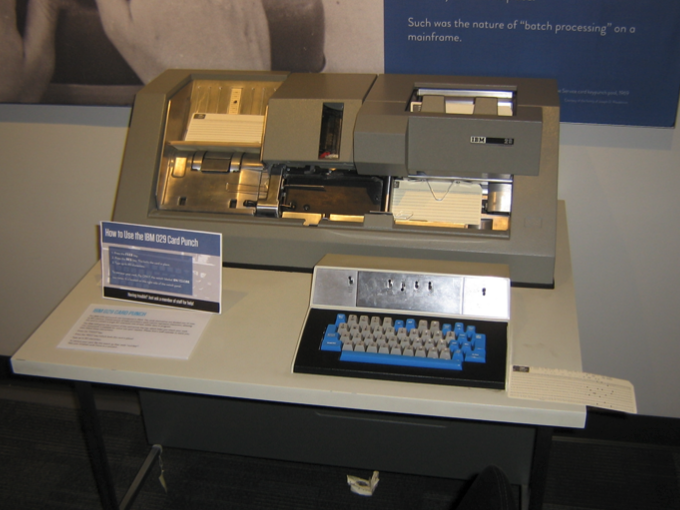
The CSO creates six remote job entry sites for students and faculty to code on punch cards at campus locations, closer to them, and remotely feed them to mainframe computers in the Digital Computer Lab building.
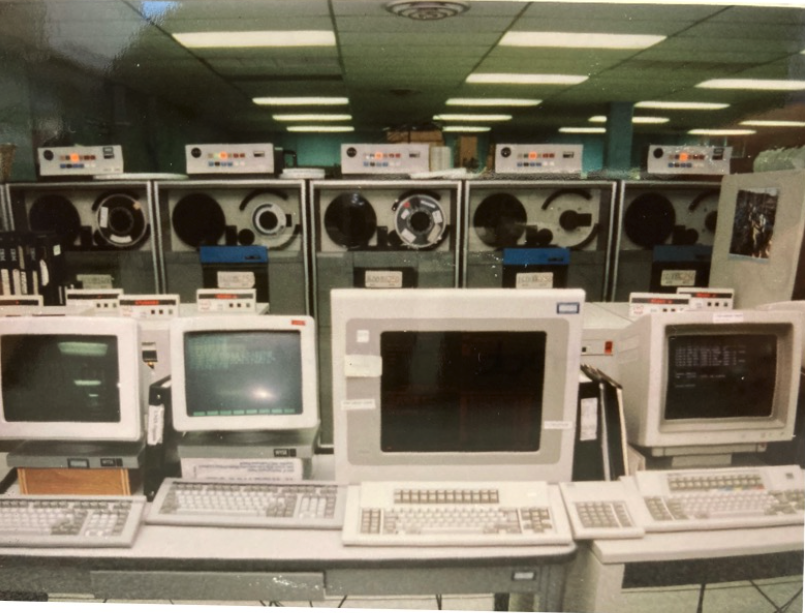
CSO operates 4 mainframe computers (IBM 3081, IBM 4341, Cyber 174, Cyber 175), and a Unix “mini-computer”.
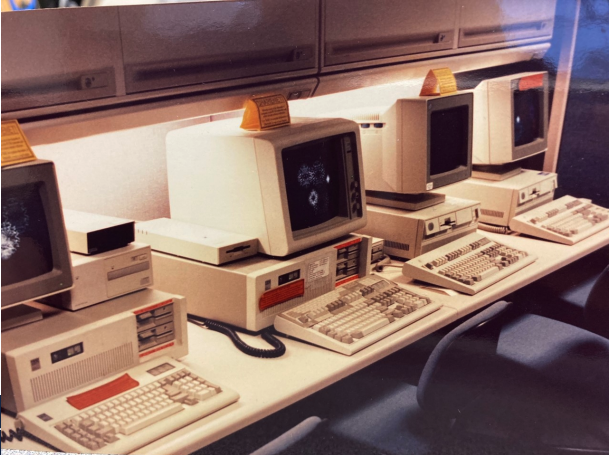
The CSO received a grant from IBM to establish campus “microcomputer” labs using the new IBM PCs.
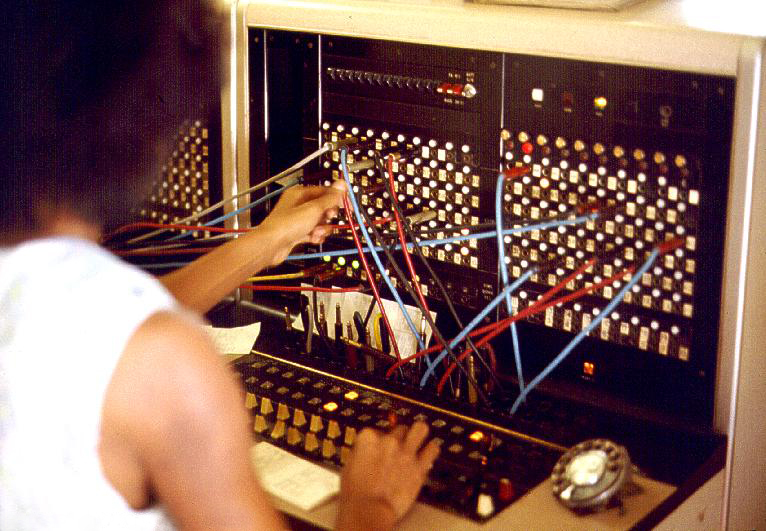
Copper wires for voice - and also capable of transferring data - were installed to and within each campus building.
Five central wiring nodes were built that formed the “backbone” paths for the campus network, uiucnet, which then connected to the Internet.
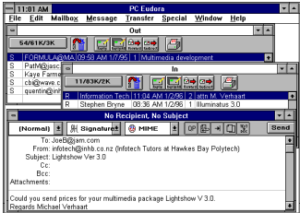
The Eudora mail program was created by CSO staffer, Steve Dorner. Eudora was free and used across the world.

The Computing and Communications Services Office was created by merging the Computing Services Offices with the Office of Telecommunications.
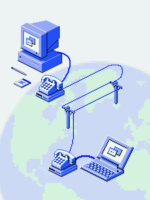
Dial-up access to uiucnet reaches 12,000 users/day, 150,000 users/week.
Worldwide Web transactions are 45% of UIUCnet traffic. Total available data capacity to all off-campus destinations is 200 Mbps.

- The Campus Information Technologies and Educational Services was created by merging the Computing and Communications Services Office with the Center for Educational Technologies.
- The first VPN was installed for campus.
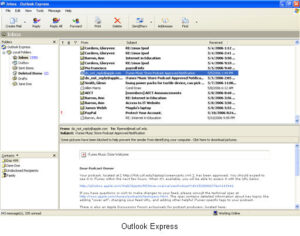
Express Email is deployed, a state-of-the-art, central email system for the whole campus.
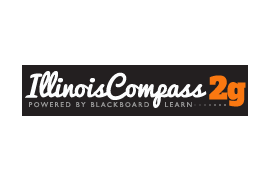
Begin full-scale deployment of the Illinois Compass 2g learning management system.

- U of I Box is introduced to campus – a secure, collaborative cloud storage service. CITES worked with Box to develop security standards that allowed FERPA-protected materials to be securely stored on a Box account.
- CITES launched the campus-wide Unified Communications project that provided consolidated email, calendar, voice, instant messaging, and video conferencing.
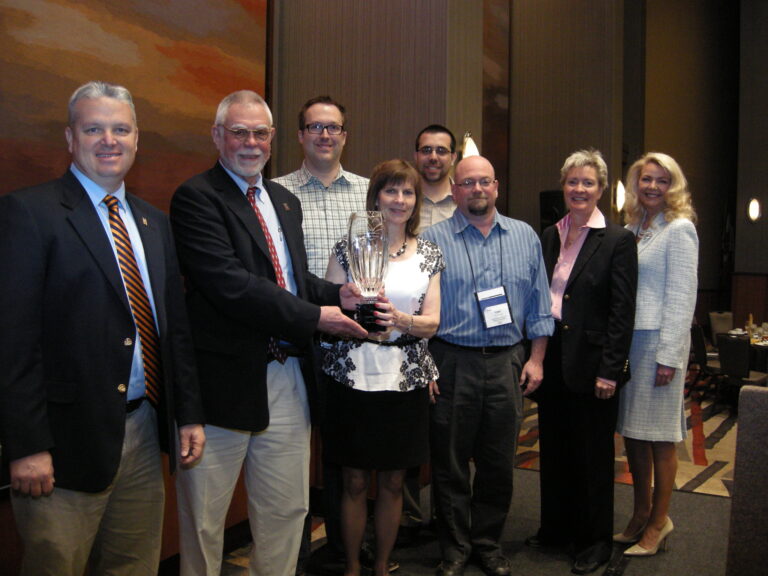
CITES wins the annual Association for Higher Ed Communications Technology Professionals award for most impressive IT initiative by a large university for the Unified Communications project.
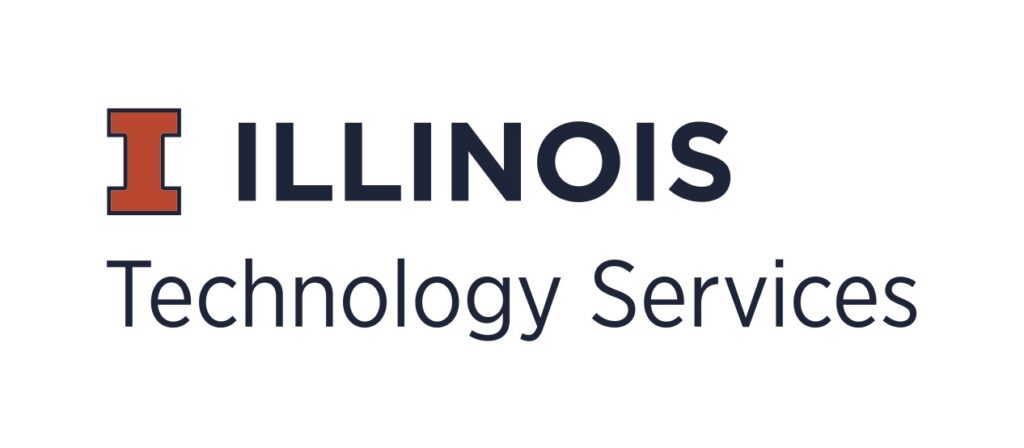
CITES was renamed Technology Services with an emphasis on aligning its planning and operational efforts to closely align with the campus strategic goals
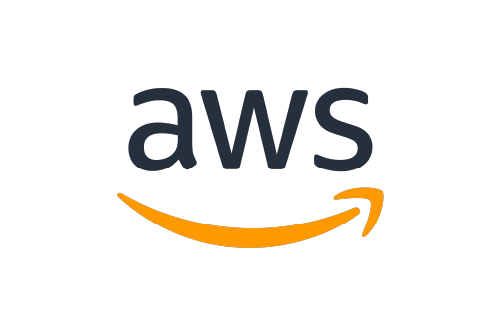
Amazon Web Services made available to researchers to provide powerful, highly-scalable, cloud computing and storage services.

Completion of the 3 year, $8 million, wireless expansion and upgrade project, which improved the wireless connectivity in 243 campus buildings with the addition of over 4,400 wireless access points.
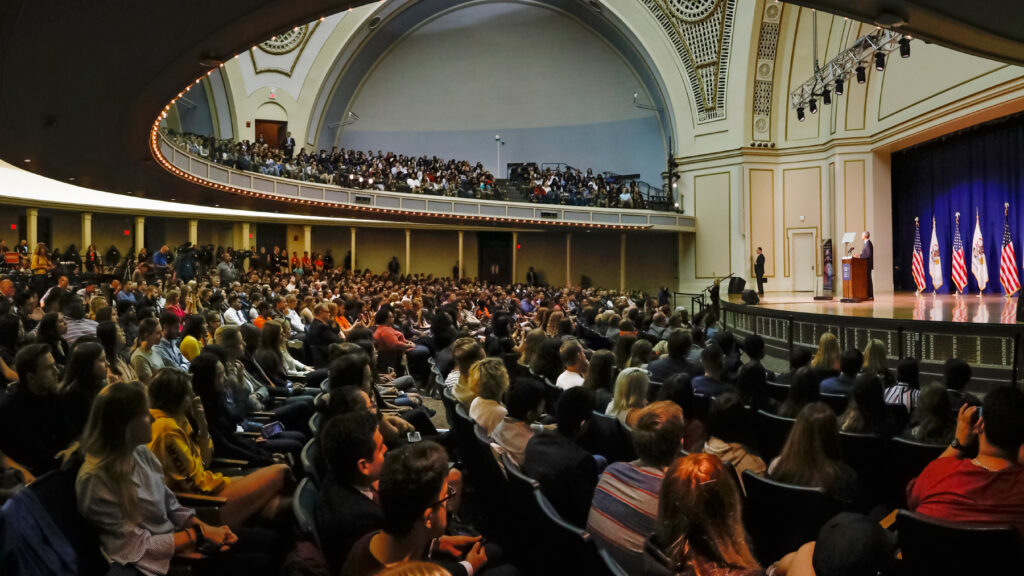
Tech Services partnered with the Center for Innovation in Teaching and Learning to give support to President Obama’s speech and webcast from Foellinger Auditorium on Sept 7. The Kaltura media engine served 10,613 concurrent live streams of the event in Foellinger. Viewers in more than 2,300 different cities worldwide attempted to view the event, with more than 70 countries showing at least one viewer.
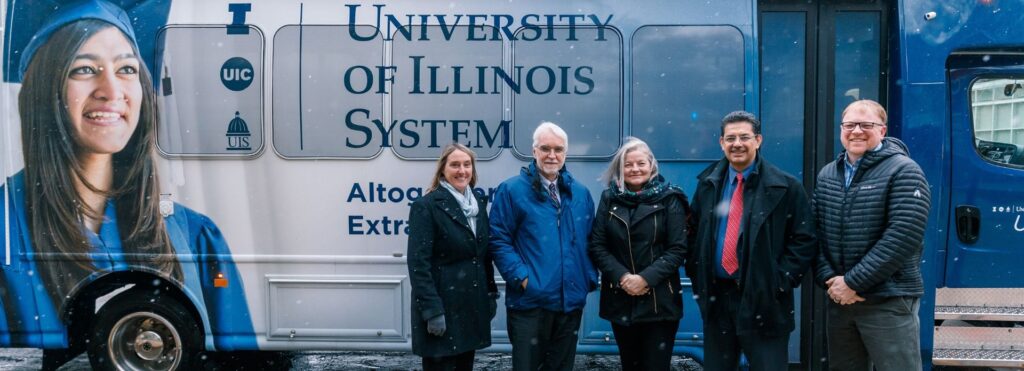
- Partnered with the College of Veterinary Medicine on the installation of a state-of-the-art linear accelerator, which required significant computing power, servers, networking, and security considerations.
- Partnered with Facilities & Services to launch the UI Ride Shuttle Service, with riders having access to the wireless network, IllinoisNet, while traveling to and from Chicago.
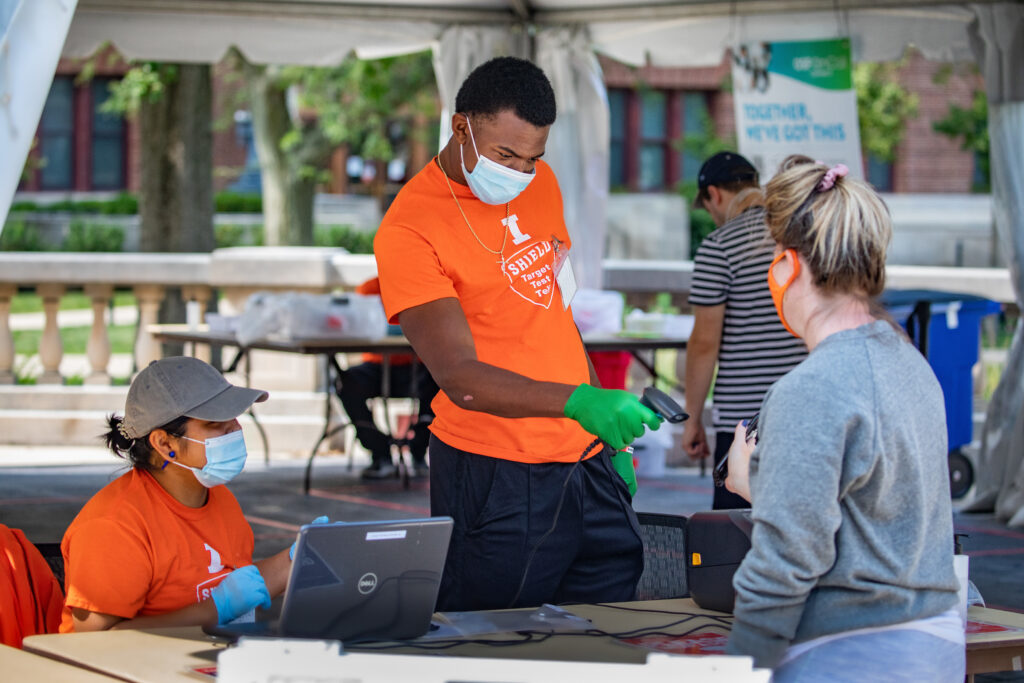
- COVID-19 pivot: Technology Services played a critical role in providing technology and support that allowed the campus to quickly pivot to a virtual environment for teaching, learning, research, and daily administrative work.
- COVID-19 SHIELD: Technology Services staff were fully engaged with University, community, and state partners for the “testing, tracking, and telling” efforts for responding to the COVID-19 pandemic.
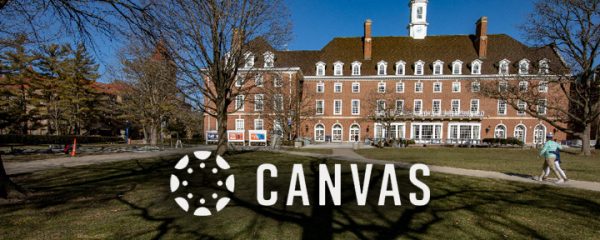
Illinois chose Canvas as its new primary learning management system when Illinois Compass 2G was retired in 2022. Technology Services partnered with units across campus to migrate existing courses to Canvas in June 2021, and by June 2022, full-scale deployment was complete.
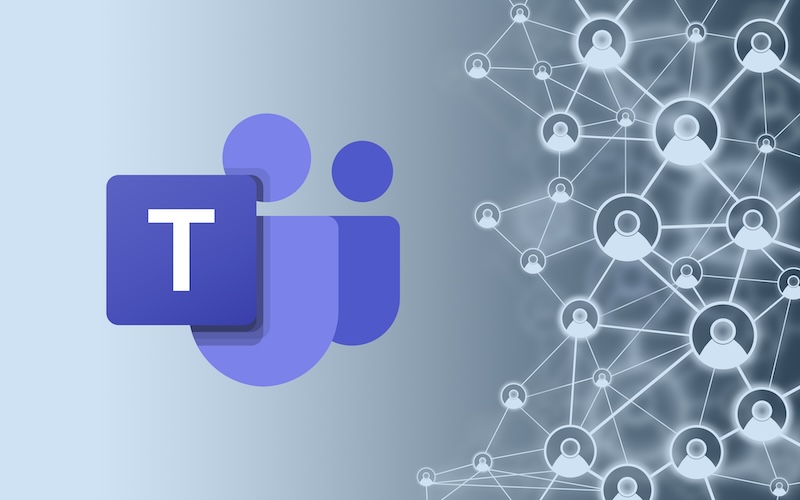
Technology Services led the effort to transition more than 21,000 university accounts from Skype for Business to Microsoft Teams, bringing the campus phone service to an entirely cloud-based solution. Around 350 people from several groups across campus helped with the historic move that streamlines communication, enhances security, and is a more accessible and inclusive platform.